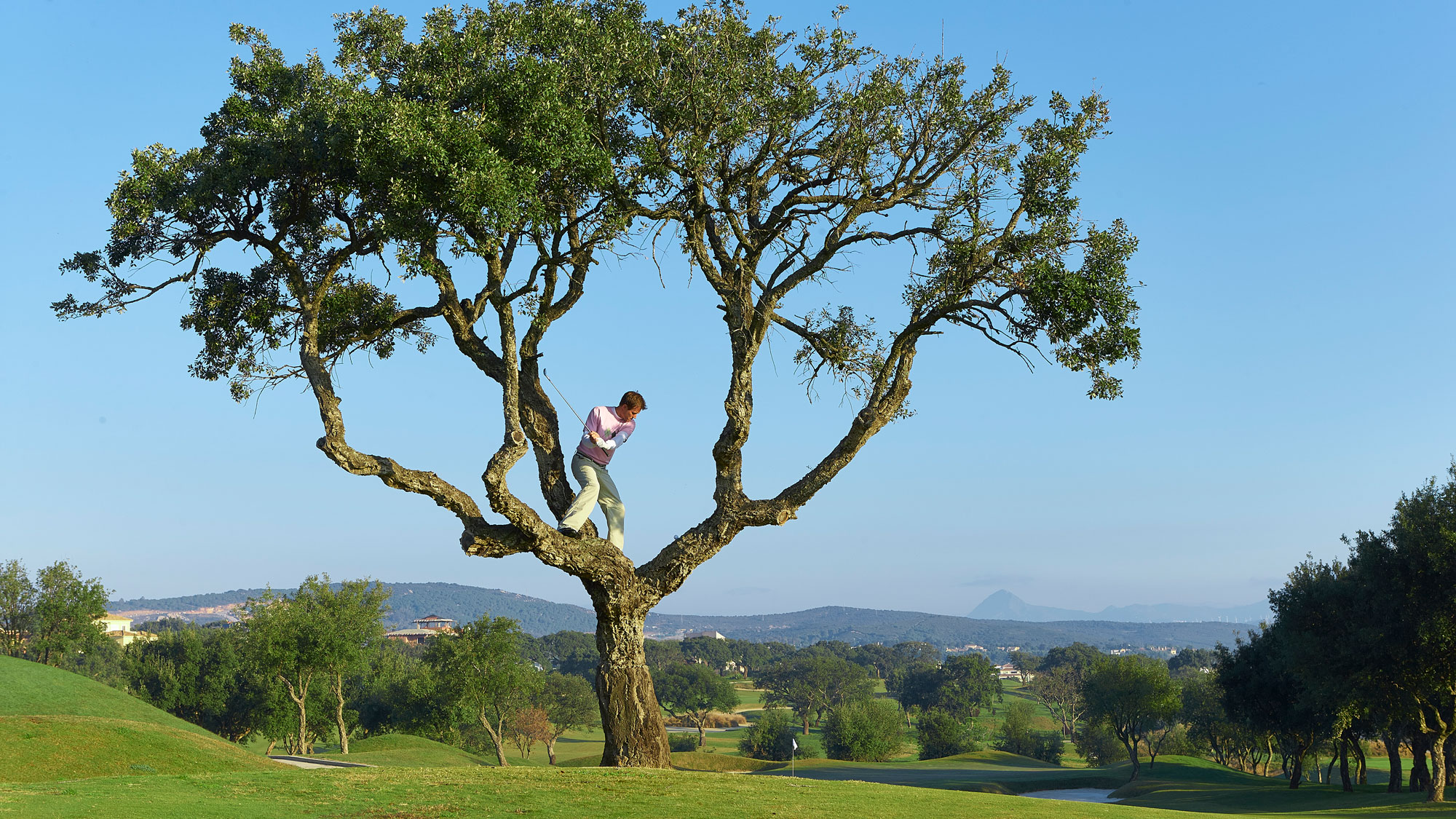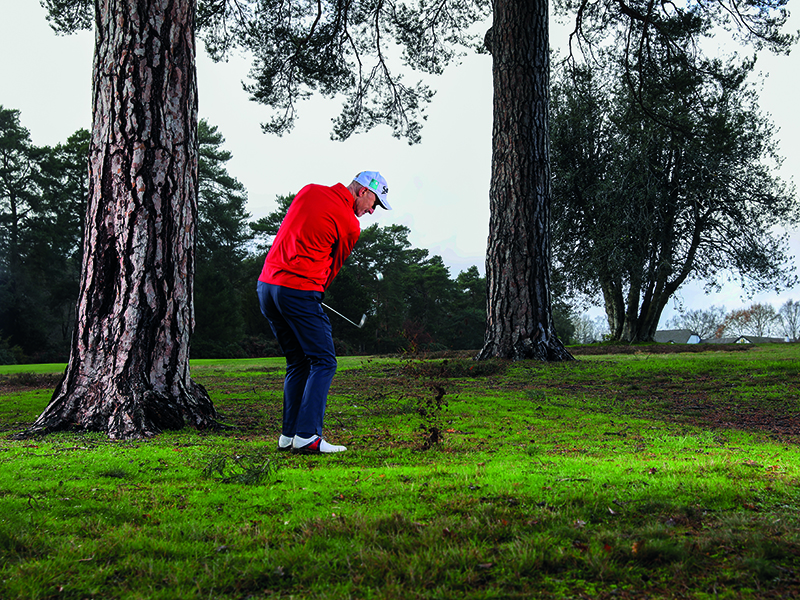Escaping From The Trees... 3 Top Tips That All Golfers Need
Tree trouble is inevitable for most golfers, which is why we asked one of our experts to tell us how to escape unscathed...


For many golfers, finding the trees at least once during a round is likely, while escaping without a big score is less so. In the interest of being proactive, we enlisted the help of Golf Monthly Top 50 Coach Barney Puttick to share three top tips to rescue your round when you are out of position...

Barney has had an impressive professional playing and coaching career, including once tying two-time Major Winner Greg Norman for 3rd place in a 36-hole event. Barney teaches at Mid Herts Golf Club, and has helped countless players improve their game in a career spanning more than 45 years. His expertise in the industry make him an invaluable source of wisdom for anyone looking to get better at golf.
Bonus video: How to hit a stinger
1. Choose the right club

The key is deciding what club will keep it under those branches in the photo – a low-lofted iron or maybe even a hybrid. You’re then playing what I call a ‘hockey shot’ with your hands ahead of the ball at address.

A hybrid is perfect when trees restrict your backswing because you can just hinge the wrists, come down on top of the ball and bunt it forward slightly more powerfully than with, say, an 8-iron. This will help you squeeze out a little more distance.
2. Get creative

When you’re beside a tree, playing one-handed with your back to the target can be an option. Here, you need plenty of loft – perhaps a pitching wedge – then hinge the club back and hit through. This one is more about getting it back in play.
3. Flip it around

Flipping the club around and playing left-handed is another option. I‘d recommend gripping as if you were left-handed. Loft is again the key so you’ve got plenty of clubface visible and a wide hitting area.
This might seem counter-productive, but rehearsing shots from the types of positions outlined above can help you to escape without racking up big numbers. It’s worth spending a bit of time practising the tips above, as all are perfectly practical options that could easily save you a shot or two.
Barney's escaping tree trouble checklist
1) Choose the right club depending on your position, but likely pick a club with less loft to avoid branches
Subscribe to the Golf Monthly newsletter to stay up to date with all the latest tour news, equipment news, reviews, head-to-heads and buyer’s guides from our team of experienced experts.
2) Use your creativity – you might just need to manufacture enough room to make a swing, or at least get your club on the back of the ball.
3) Practice your escape shots, you never know when you might need them

Location: Mid Herts Golf Club
Barney turned professional in 1979 and gained the Assistant Professional position at Dyrham Park Golf Club. He played full time before becoming Head Professional at Ramsey Golf Club in 1987. He can now be found teaching at Mid Herts Golf Club. Barney's favourite golfing memory is tying Greg Norman for third place in a 36-hole tournament in Cannes.
Teaching philosophy:
My goal with every student is to work with the player and what they possess rather than impose a prescriptive style for everyone. The key, for me, is improving players' fundamentals and their impact factors, and setting of that all important chain of events of one good move leading to another.
Typical lesson:
Technology makes it possible for everyone to see their swing and get their numbers. My job is to unravel them and give the player a positive set of ideas to take away after the session. Using swing drills and drawing sporting comparisons to the swing - for example, throwing a ball - the player can improve quite quickly once they put these into practice.
Significant influences:
I was fortunate to spend my formative years working for Ian Connelly, Nick Faldo's early mentor. He instilled in me the love of the art form that is coaching, and I still use some of his ideas to this day. Latterly, I enjoyed Bobby Clampett's ideas on the swing, as he was a phenomenal player with a quirky action. His ideas on impact have aligned to my teaching. I have also been blessed to spend time with Mike Bender, Zach Johnson's long time coach.